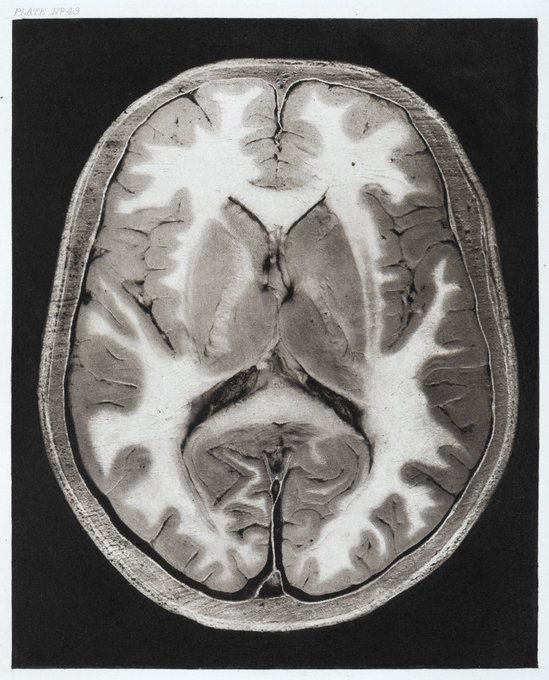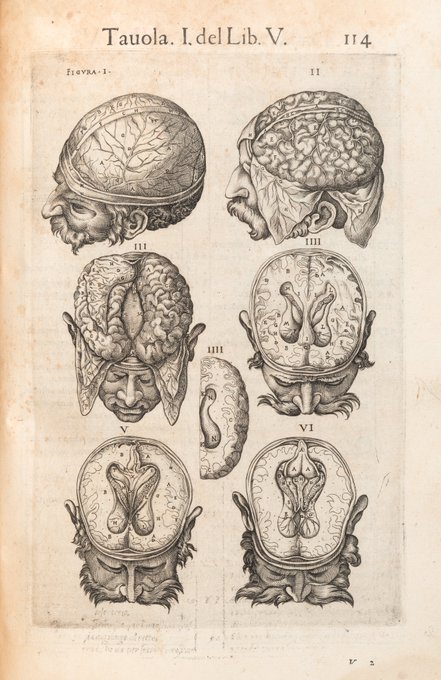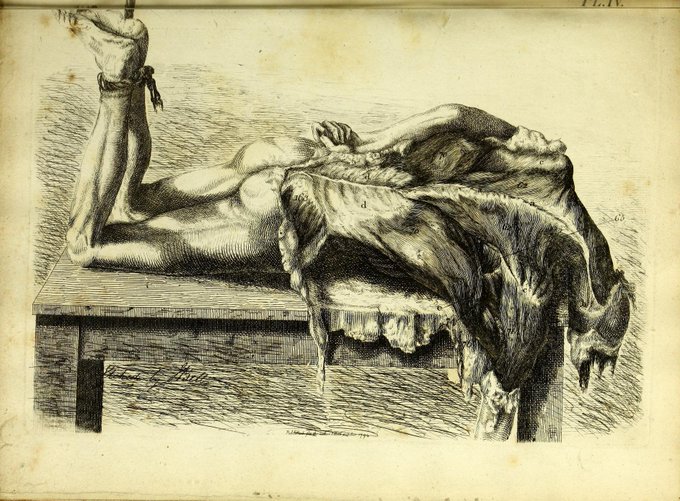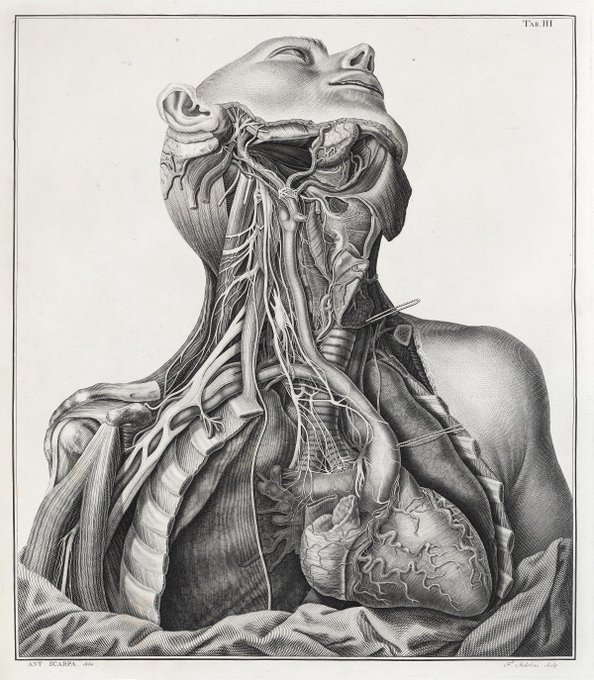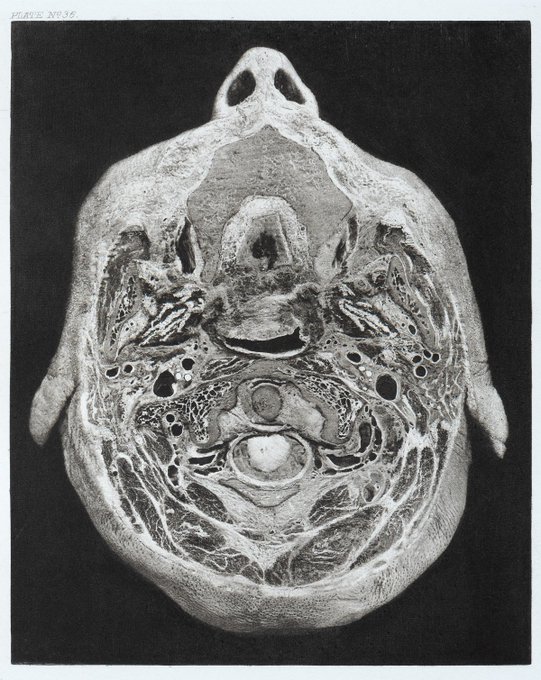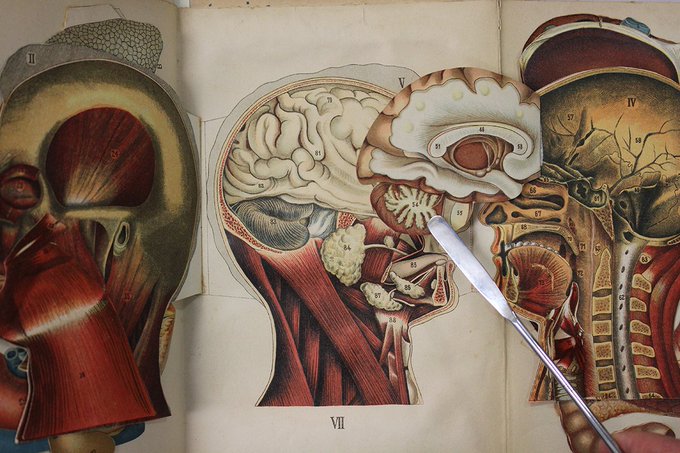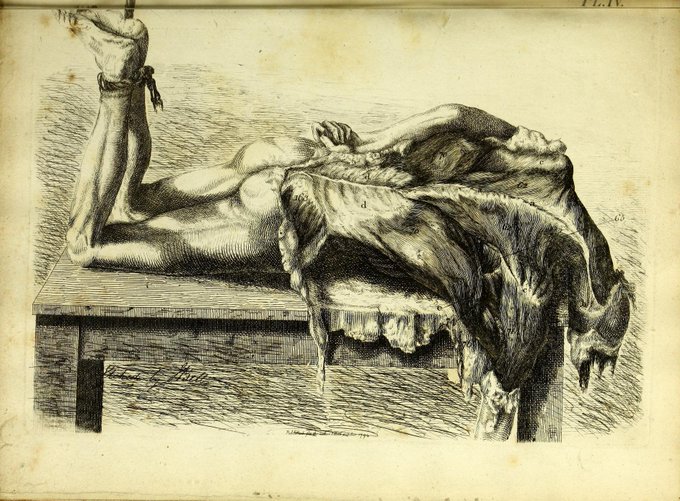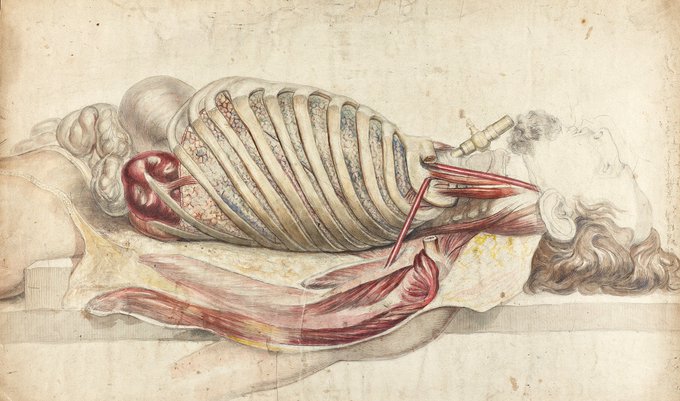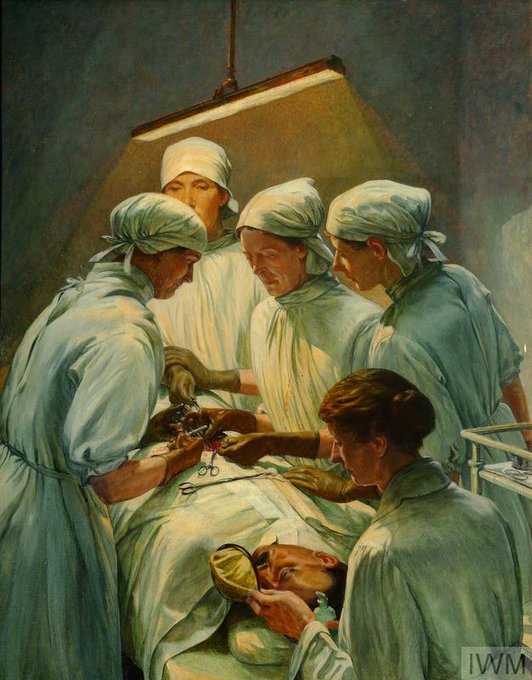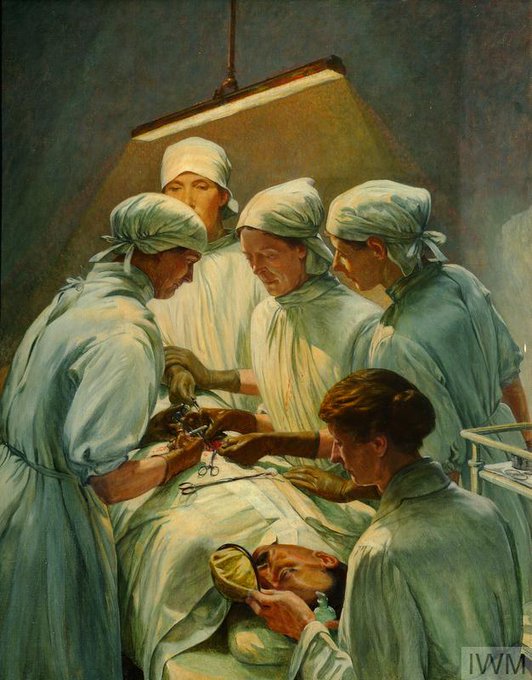We've just launched a new museum trail! Use it to discover objects from dolls to paintings to preserved human remains, all reflecting the how the human body has been used and represented in medicine. #histmed #RCPUnderTheSkin https://t.co/cXYuoorPsX
We’re not going for the sympathy vote, honest, but we’ll just point out that it was our pumpkin-sculptor’s first ever effort. Source material came from MacEwen’s Head sections, 1893, Hirschfeld’s Nevrologie, 1853, and Valverde’s Anatomia, 1560. #RCPUnderTheSkin #RCNPumpkinComp
It feels like it's only just got going, but this afternoon #RCPUnderTheSkin closes. Alas! Alack! Exhibition curator @Girlinthe reflects on the bodies behind the pictures in today's blog post: https://t.co/QUX9ubJEnv
Just ONE WEEK left to catch our pop-up exhibition 'Under the skin: illustrating the human body'. Six centuries of anatomical images for you to see. #RCPUnderTheSkin @T3D2019 https://t.co/VCUm78M1sC
What locks! 19th & early 20th century anatomical illustrations often show fashionable hair and beards. To modern eyes it both humanises the body & also emphasises the brutality of the dissection. This drawing is by Francis Sibson, from c1840-60. #HairyArchives #ExploreArchives
*The only man in the room is the patient* Within a decade of this #FirstWorldWar operation women doctors & medical students faced quotas, marriage bans and prejudice. Find out about the second battle for equality in our special event 12 November @RCPLondon https://t.co/vbHmqEJmaO
Mary Beale (1663-1699) was one of the first women in England to earn a living as an artist. She painted the portraits of many society figures, including physicians Thomas Sydenham and William Croone. Read more about her on our blog today: https://t.co/nSiYRqnjBu #womenshistory
Look closely at this brilliant picture of a #WW1 operation... there's something remarkable about it! Can you spot it? *Clue* the operation is taking place at the Endell Street Hospital. #ThisVexedQuestion Thank you @I_W_M for this inspiring loan https://t.co/k7KWEZsdNB
Elizabeth, Countess of Kent, 1653. Her *amazing powder* was on sale long after her death. It treated everything from measles to the plague and contained *crabs’ eyes*, pearls, coral & bezoar stones. Meet her in our new exhibition #ThisVexedQuestion https://t.co/k7KWEZsdNB
Exquisite image of a pomegranate from *A Curious Herbal*, 1737. All illustrations were by the remarkable Elizabeth Blackwell who took up work to pay off her husbands debts! She helped catalogue @ChelsPhysicGdn and won the approval of @RCPLondon More in https://t.co/kjEbj1ltul





